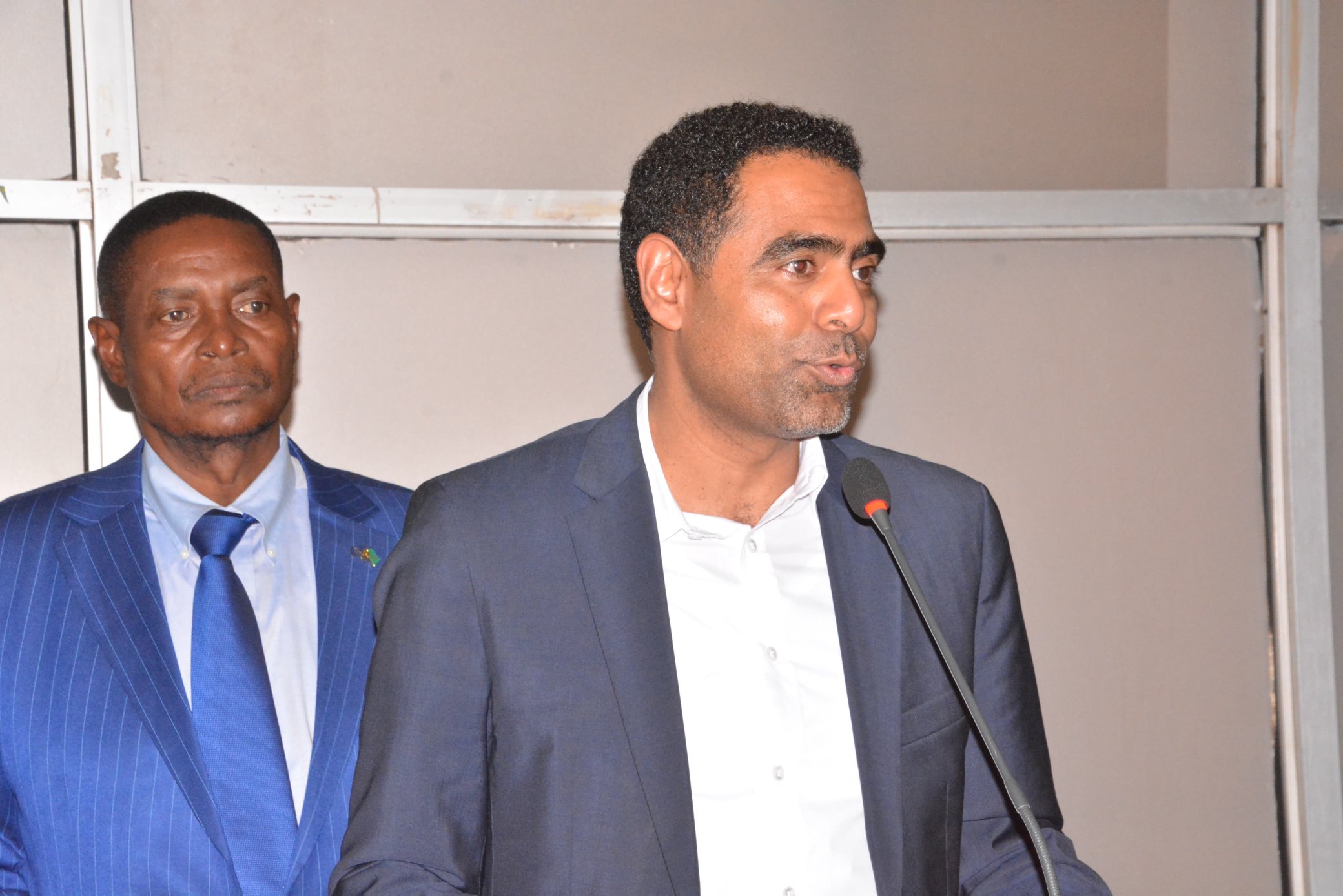On matatu art culture, NTSA has not asked right question

A Nairobi court’s halting of a recent NTSA directive to ban decorative art, graffiti, and creative enhancements on public service vehicles is welcome. High Court Judge Bahati Mwamuye’s granting of conservatory orders in favour of petitioner Michael Makubo William, who challenged the ban’s legality and constitutionality, is a shining judicial action.
Literature, like a leaf bud, cannot be contained within structured boundaries. It will eventually overgrow those imaginative confines, tearing the pages of artistic bondage. “Art is an evolutionary act. The shape of art and its role in society is constantly changing. At no point is art static. There are no rules,” declared American artist Raymond Salvatore Harmon, who dared the world to achieve the impossible by trying the absurd.
While NTSA does noble work ensuring road civility, there are missteps that seem misplaced, unnecessary, and lacking locus standi. The question NTSA needs to answer is: who gets hurt by matatu graffiti? I bet NTSA cannot give a convincing response because the opposite is true: Who benefits from matatu graffiti?
Every corner of the world is defined by its culture and artistic expressions. The Caribbean has reggae, Ethiopians have pure white cotton attire, Americans have hip-hop, and the Chinese have unique architecture. It behoves NTSA to consider that Kenyan urbanites have their own identity: the matatu culture characterised by flashy, well-crafted graffiti. We are past the era of “face me booths”. We can’t go back.
The matatu industry employs millions directly and indirectly, including youthful artistic maestros who eke a living beautifying matatus and buses. With high unemployment, the ministry of labour and Federation of Kenyan Employers must intervene to prevent this ban. We must consider paint manufacturers, distributors, and retailers too.
Since most artists are youthful, this keeps Kenya’s young population engaged and diverted from societal vices. Leading matatu beautifying expert Moha Grafix employs directly about 50 youth while training others.
Graffiti is expression and unique talent deserving respect. We celebrate Michelangelo’s work in the Sistine Chapel and St Peter’s Basilica. As graffiti duo Mint Serf observed, “if it takes more than five minutes, it is not graffiti”. Just as we respect rhumba’s consistency and Burundi drummers’ mastery, let’s respect graffiti artists.
Matatu graffiti is a great tourism avenue, unique in Africa and beyond. Diaspora friends request walking tours with one specific objective: sightseeing these magnificent minibuses. It fills them with thrill and entertainment.
It’s puzzling why NTSA keeps fumbling this issue. There was a ban in 2016, lifted in 2020, then another ban in 2025. NTSA, please make up your mind.
The best approach requires NTSA to convene key stakeholders – matatu operators, artists, traffic department, and possibly UNESCO – for a consultative forum on enhancing the trade by supporting positives while establishing self-regulation measures for cases deemed outside policy, legal, and moral standards.
The writer is an Assistant Director at the Kenya National Commission on Human Rights – lmkimanthi@gmail.com















